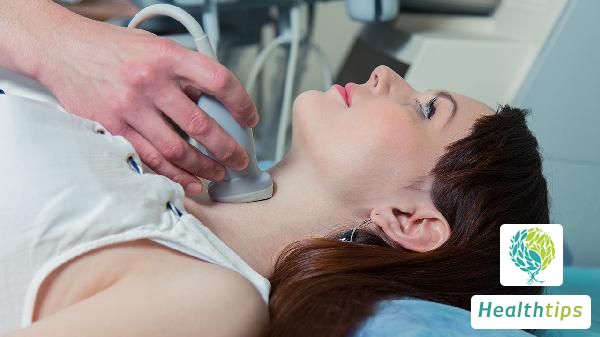What Are the Skin Symptoms of HIV/AIDS?
AIDS is a terrifying disease because there is no specific cure for it and it can be fatal. AIDS is transmitted through infection and can manifest a range of systemic symptoms, including persistent fever, night sweats, and weakness. Some patients may also experience swollen lymph nodes. However, there are many other symptoms related to the skin in AIDS patients. Let's take a closer look at what these symptoms are.

Firstly, what are the skin symptoms of AIDS? AIDS is a common sexually transmitted disease that can cause a series of skin manifestations. Acute HIV rash occurs in approximately 30%-50% of patients and is often located on the face, trunk, and upper limbs. The rash may consist of several, tens, or hundreds of lesions with a diameter of 2-5mm, accompanied by itching and scaling. These skin lesions are similar to syphilis rash and can be seen in infectious lesions such as common contagious molluscum, which occurs in large numbers and is widely distributed. Treatment can be challenging. Additionally, white patches can be seen on the oral mucosa, which may be located on the dorsum of the tongue, the edges of the tongue, and other areas. Other manifestations may include herpes zoster, herpes simplex, condyloma acuminata, and cytomegalovirus infection. Fungal infections can also cause oral candidiasis and cryptococcosis, both of which present with skin symptoms that are generally difficult to treat.
Secondly, the typical symptoms of AIDS include persistent fever, weakness, night sweats, and persistent generalized lymphadenopathy. Lymphadenopathy is particularly evident in the neck, axilla, and groin. Weight loss can reach more than 10% within 3 months, with a maximum loss of up to 40%, resulting in significant emaciation.
Lastly, prevention is key in avoiding AIDS. Unsafe sexual behaviors should be avoided, and the use of condoms during sexual activity is recommended. Direct or indirect contact with the blood, semen, breast milk, and other secretions of AIDS patients should be avoided. Blood and blood products from unknown sources should not be used for transfusion. Personal items such as toothbrushes, razors, and syringes should not be shared with others. Additionally, drugs should be avoided. If unprotected sexual behavior occurs with an AIDS patient or if there is occupational exposure for healthcare workers, immediate medical attention should be sought. Administration of antiretroviral drugs within 72 hours can effectively prevent HIV infection.



















